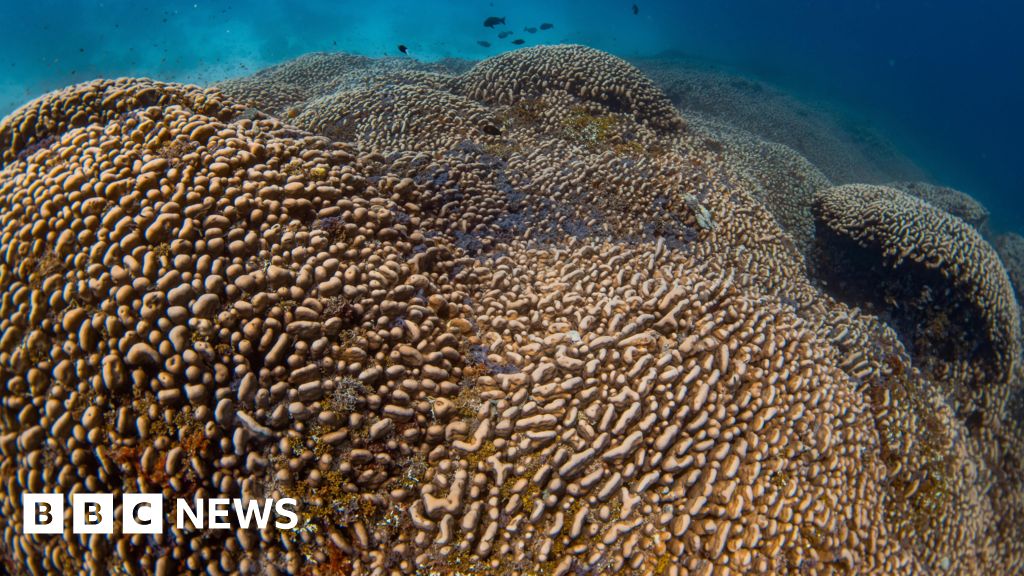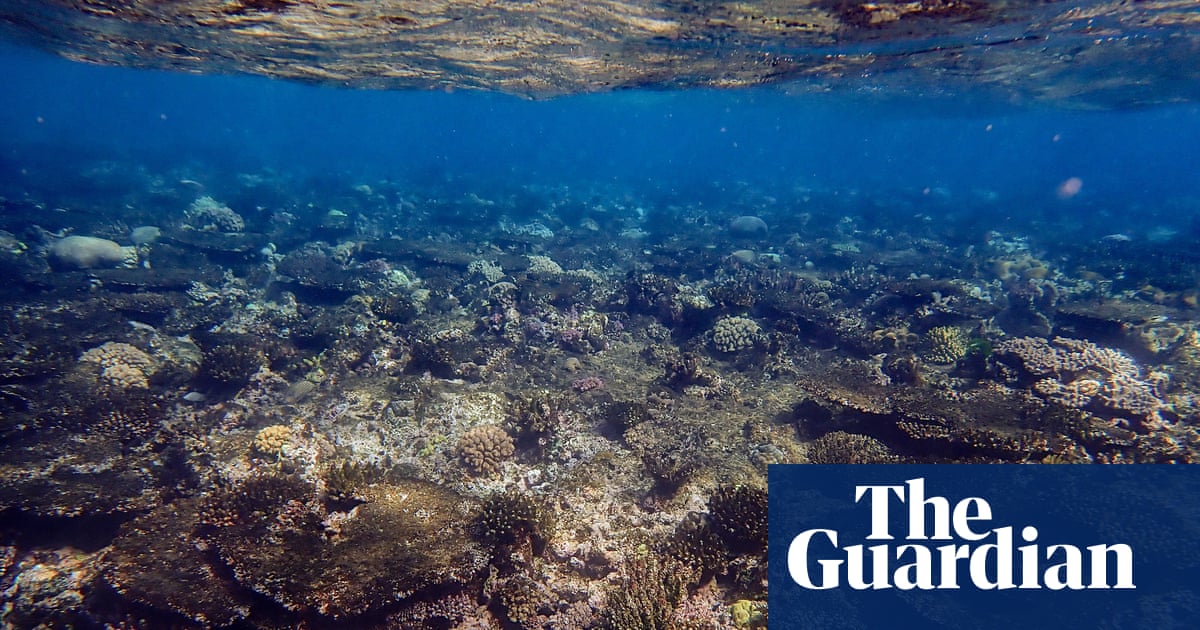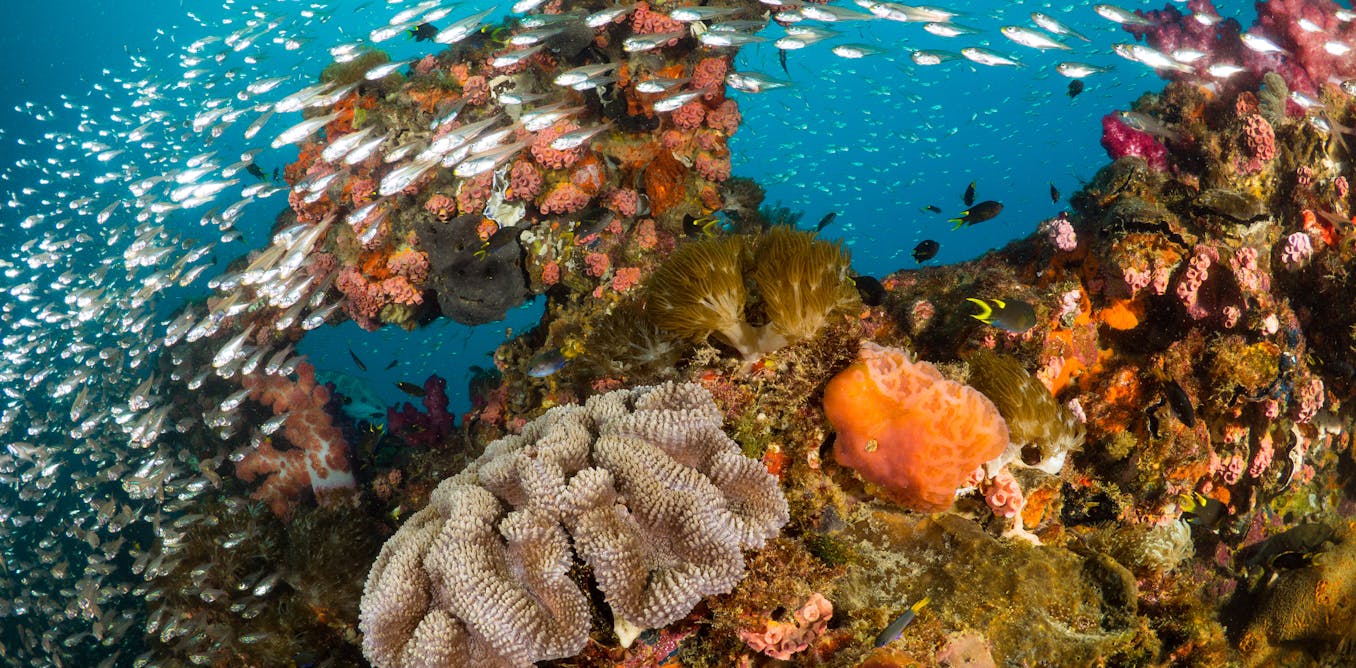Unveiling the World's Largest Coral Colony; A Marvel of the Solomon Islands
Scientists have made a groundbreaking discovery in the Solomon Islands, uncovering the world’s largest coral colony, measuring approximately 34 meters wide and 32 meters long—about the size of two basketball courts. The coral, a species known as Pavona clavus, consists of nearly one billion interconnected coral polyps, functioning collectively as a single organism. It is believed to be at least 300 years old and can even be seen from space.
This significant find, revealed during a National Geographic expedition, eclipses the previous record-holder found in American Samoa. Manu San Félix, an underwater photographer who spotted the coral while filming a documentary, described the experience as “like discovering a cathedral underwater.” Researchers stress the importance of this major coral in maintaining marine biodiversity, offering habitats for various fish and supporting the larger ecosystem.
The discovery comes at a critical time as global coral reefs are facing severe threats due to climate change, with reports indicating that over 44% of reef-building coral species are at risk of extinction. Rising sea temperatures lead to coral bleaching, wherein corals lose their symbiotic algae. This phenomenon can diminish their health and longevity significantly. In the past year alone, three-quarters of the world’s coral reefs have been impacted by elevated ocean heat levels, raising alarms among scientists about the future of these vital ecosystems.
Marine experts view the giant coral colony as a “beacon of hope,” existing in deeper, cooler waters that may shield it from the severe impacts of climate change affecting nearby shallow reefs. The coral is expected to play a crucial role in seeding and helping recover damaged reefs through reproduction.
The local community expresses pride in this monumental discovery, recognizing its significance for marine conservation and tourism. “This will boost our conservation initiatives and highlight the importance of safeguarding our ocean,” said Chief Dennis Marita, a local community leader. There are hopes that this will attract more scientific interest and tourism, while emphasizing the need for protective measures to sustain both the coral and local livelihoods.
In addition to the Solomon Islands discovery, the situation of corals globally continues to deteriorate, with instances of severe bleaching and substantial coral loss recorded, such as in Australia’s Great Barrier Reef region, where over a third of live hard corals vanished after intense environmental stress. Researchers emphasize that immediate and coordinated action to cut greenhouse gas emissions and protect marine ecosystems is vital for ensuring the survival of coral species worldwide.

Scientists just discovered a sea creature as large as two basketball courts. Here’s what it looks like.
It’s the biggest known animal of its kind.
www.vox.com
Over 40% of coral species face extinction – IUCN Red List
Baku, Azerbaijan, 13 November 2024 (IUCN) – Forty-four per cent of reef-building coral species globally are at risk of extinction, the IUCN Red List o
iucn.org
World’s largest coral found in the Pacific near Solomon Islands
The coral could be 500 years old and is bigger than a blue whale, scientists say.
www.bbc.com
‘Graveyard of corals’ found after extreme heat and cyclones hit northern Great Barrier Reef
Marine scientists say one area around Cooktown and Lizard Island had lost more than a third of its live hard coral after bleaching event
www.theguardian.com
World’s largest coral the ‘size of two basketball courts’ discovered by accident
Centuries old coral the size of two basketball courts found off Solomon Islands is world’s largest
www.independent.co.ukScientists discover 'astonishingly large' coral thought to be biggest in the world
Scientists say they have discovered the world's largest coral — measuring longer than a blue whale — on an expedition in Solomon Islands.
www.abc.net.au
Scientists discover world’s largest coral—so big it can be seen from space
Exclusive photos reveal a sprawling, 300-year-old coral near Solomon Islands, recently discovered by the National Geographic Society’s Pristine Seas e
www.nationalgeographic.com
Traditional owners and scientists worked together on ‘coral IVF’ projects. Here’s what we found
Scientists have been gathering coral spawn to create baby corals via ‘coral IVF’. Until now, much of this research has been done without consultation
theconversation.com